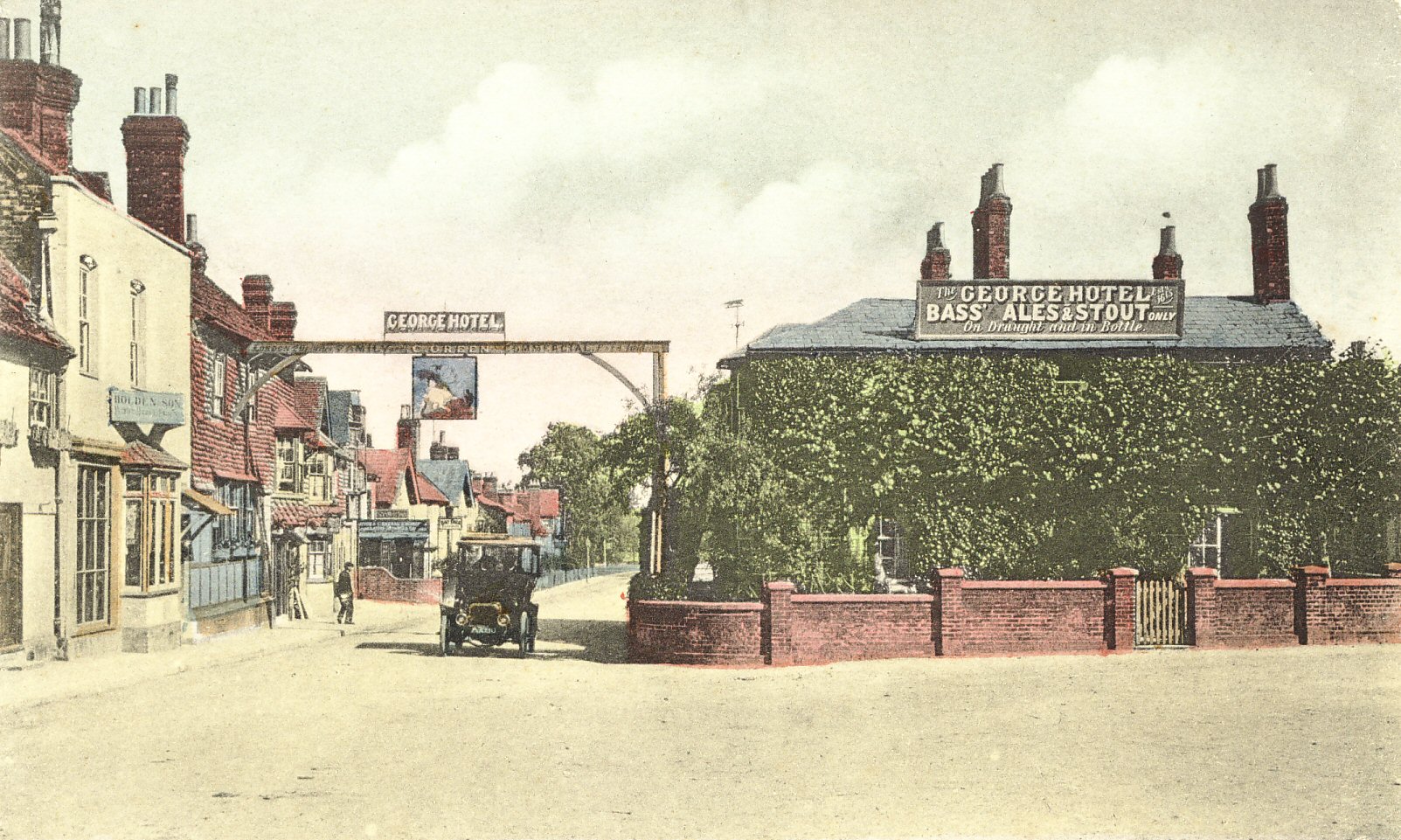
I was dismayed to read a letter, "High Street inaccuracies", in the Winter Crawley Museum Society newsletter.
Crawley Encyclopedia is not intended to be a serious or in-depth academic work (hence there are some references to other works for further reading). It is distilled from many, mostly secondary, sources; errors are therefore inevitable, which I am happy to correct if shown to be so.
The letter rightly points out that many mistakes can be made when working in an area unknown to a researcher, but then goes on to prove their own point by their woefully inadequate knowledge of copyright. The following on copyright is taken from the book Practical Copyright for Library and Information Professionals by Paul Pedley (Facet Publishing, 2015), and can be borrowed from Crawley library. "Copyright does not protect facts, ideas, numbers and names". Thus, for example, the idea or fact that a certain person lived or owned a building is not protected by copyright; neither is a physical description of a building protected by copyright. There are several permitted exceptions to copyright including quotations, which "permit people to quote from the works of others without the permission of the owner, as long as the use is proportionate and fair".
